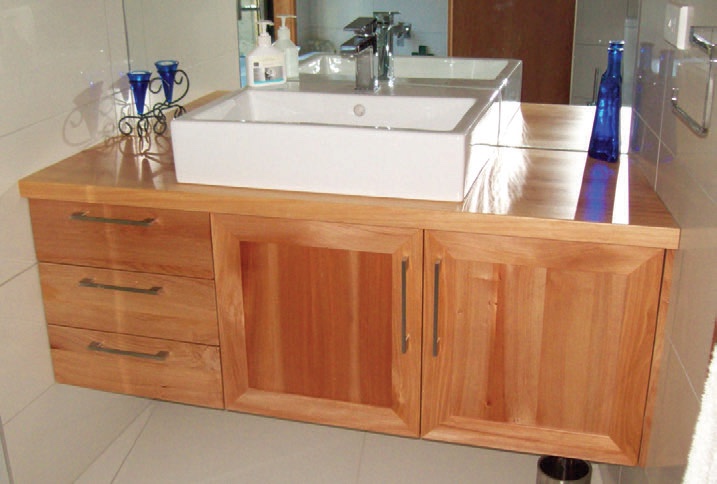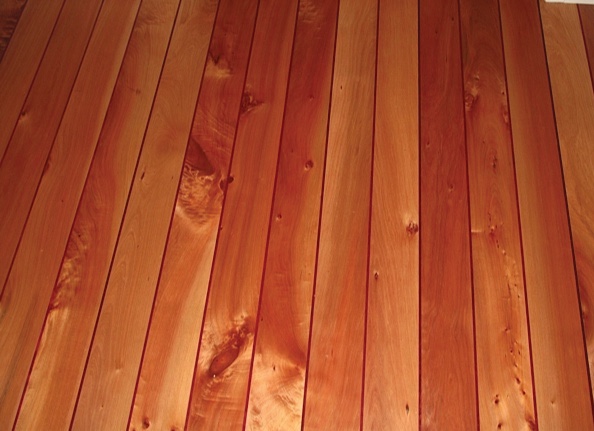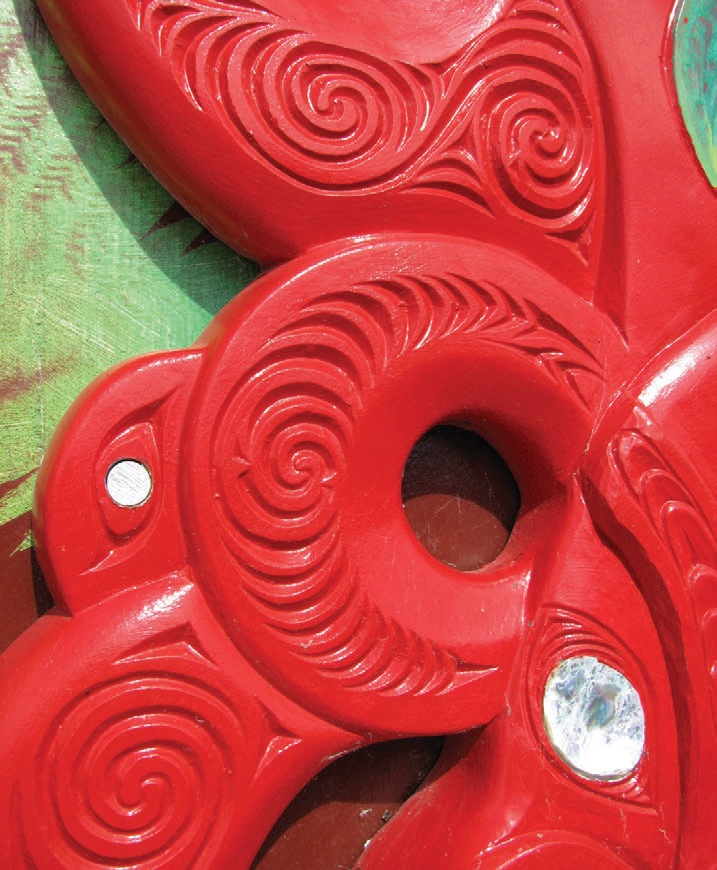Survey of existing uses and market potential of naturally regenerated farm totara
Paul Quinlan and David Bergin, New Zealand Tree Grower February 2012.
The Northland Totara Working Group has completed a survey on the uses and market potential of naturally regenerated farm totara timber. The results are very encouraging. There was clear support for use of timber from totara regenerating on farms and the potential development of a sustainable commercial industry around this emerging resource. There were also some positive indications for the future of native timber generally.
The survey involved over 54 participants in seven different groups. These included land owners, sawmillers, timber merchants and wood processors, cabinet-makers and craftsmen, architects and designers, wood quality scientists and carvers of totara for cultural use.
The timber from relatively young naturally regenerated totara trees from pastoral farmland has not only been widely used, but it is considered to be an excellent native softwood timber. Farm totara was found to be relatively easy to mill, dry, work and finish, and is considered to be suitable for all interior uses, particularly feature linings, joinery and furniture.
Some main findings
Timber from regenerated farm totara was often from trees that were estimated to be between 50 and 120 years old. Many also had experience with older trees that were estimated to be over 200 years old. Farm totara is considered to be a relatively easy timber to air dry but many craftsmen recommend finishing it off in a kiln before use.
Regenerated farm totara is considered to be a very good timber to work and use. It machines and finishes particularly well. Some people have found the dimensional stability of totara from younger regenerated trees to be less consistent than that of old-growth totara timber.



Gluing farm totara timber did not appear to be a significant issue. This is probably due to lesser heartwood content and modern glues. Some problems experienced with applied finishes to the timber, particularly the heartwood, are well known but a range of satisfactory finishing products and procedures exist.
Generally people have been satisfied with the performance of farm totara timber often considered to be an excellent native softwood. Many participants considered totara sapwood to be relatively more durable than most other sapwood timbers and to be much more resistant to the common house borer. Most have not experienced durability issues when using it untreated in interior situations.
Farm totara is considered to have potential in the market place as it is suitable for all interior applications, particularly furniture, joinery and feature lining. Architects and designers indicated a clear preference for specifying the use of timber from sustainably managed New Zealand indigenous forests, above any other source.
Totara heartwood has been traditionally used for carving. However sapwood totara is still considered to have similar wood properties important for carving, including ease of working and finishing. There is overwhelming support for the promotion of the use of farm totara timber and development of an industry around the naturally regenerating resource. Opinions on relative market position of farm totara indicate that it should be a relatively valuable specialty timber. A commonly suggested market position was − cheaper than rimu but more than macrocarpa.
Timber potential from young trees
One particularly interesting finding relates to the market appeal and interest in the lighter coloured sapwood. This is significant because at present, the existing natural farm totara resource consists of relatively young regenerated trees. As a result the timber consists mostly of coloured timber grades with a high proportion of sapwood rather than the clear heartwood grade which was traditionally used.
It also involves a high proportion of knotty grade timber as the natural resource has generally been untended and not received any silvicultural management such as thinning or pruning. All grades of totara timber, including the lighter coloured and knotty grades, rated well for appearance and attractiveness. In fact many architects expressed a clear preference for the lighter coloured clear sapwood grade timber samples.
This finding may also have some positive implications for other planted native timber species such as kauri. In this case rotation lengths of 100 years or less are also likely to yield timber with mostly light-coloured sapwood.
Durability
The Northland Totara Working Group
The group was formed in 2005 with five main objectives which were to −
- Quantify the resource of naturally regenerating totara on private land
- Demonstrate the growth and response of naturally regenerating and planted stands of totara to silviculture
- Determine wood qualities and potential uses of farm grown trees.
- Investigate the feasibility of developing a supply chain from resource to market.
- Identify and overcome hindrances to sustainable management of totara.
There has been good momentum from a series of funded projects which have made significant inroads into the first three of those objectives. The group is now considering the further steps required to realise its vision of developing an industry based around the sustainable management of totara on farms.
For more information on the Northland Totara Working
Group and its projects or to join the free mailing list, please contact John Hampson, regional co-ordinator (Northland), NZ Landcare Trust, phone 09 430 0954.
The heartwood of totara is regarded as one of the most durable timbers in the world. This reputation has been gained from old growth trees, whereas relatively younger regenerated farm totara is dominated by less durable sapwood. Most survey participants distinguished differences in the timber properties between old growth and farm grown totara.
However, as mentioned above, many of the survey participants considered that the sapwood of totara is relatively more durable than sapwood timber of most other tree species. This opinion is based on experiences using sappy totara timber in interior and exterior use but above ground, situations such as for stock-yard rails and gates. Several examples of service life indicated that totara sapwood may have some degree of natural durability for external above ground use.While sapwood is generally regarded as perishable, research on the above ground exterior use of sapwood totara is recommended.
Another step forward
This survey project complements the previous work and projects completed by the Northland Totara Working Group. These include an inventory project by Chris Kennedy which demonstrated that a significant resource of naturally regenerating totara is developing in Northland. Extensive silviculture trials by Scion have suggested excellent potential for sustainable management of farm totara and that growth rates can be greatly boosted by thinning and pruning. A high proportion of regenerating totara stands on farms is relatively young and will benefit from silvicultural treatment to improve the growth and form.
The encouraging results of this latest project support continued optimism around the timber potential of farm totara. It is an excellent timber, there is a developing resource and it is a species well suited to silviculture and sustainable management. Development of a sustainable industry based on a regionally-based commercial-scale use of this native timber tree is also seen as a practical way to encourage the integration and management of this regenerating native tree species on private land within existing, mainly pastoral land use.
The project funding
The project was administered by NZ Landcare Trust and funded by MAF Sustainable Farming Fund, with co-funding from the Hine Rangi Trust and support from Tane’s Tree Trust. The survey focussed on the resource of naturally regenerating totara in Northland but the findings of the survey have relevance to regions throughout New Zealand where totara is often regenerating on pastoral farmland.The full project report is available from the NZ Landcare Trust, MAF and Tane’s Tree Trust websites.

 Farm Forestry New Zealand
Farm Forestry New Zealand